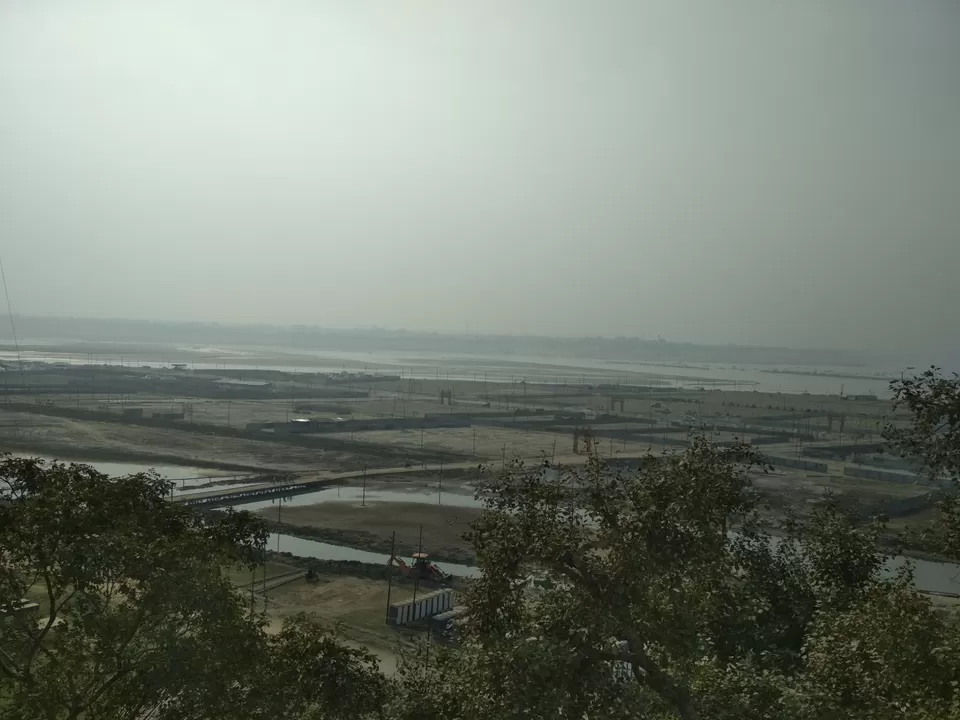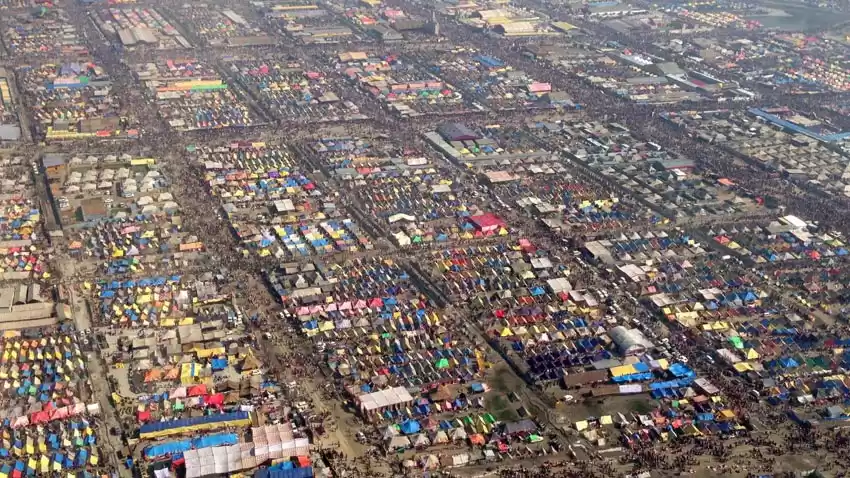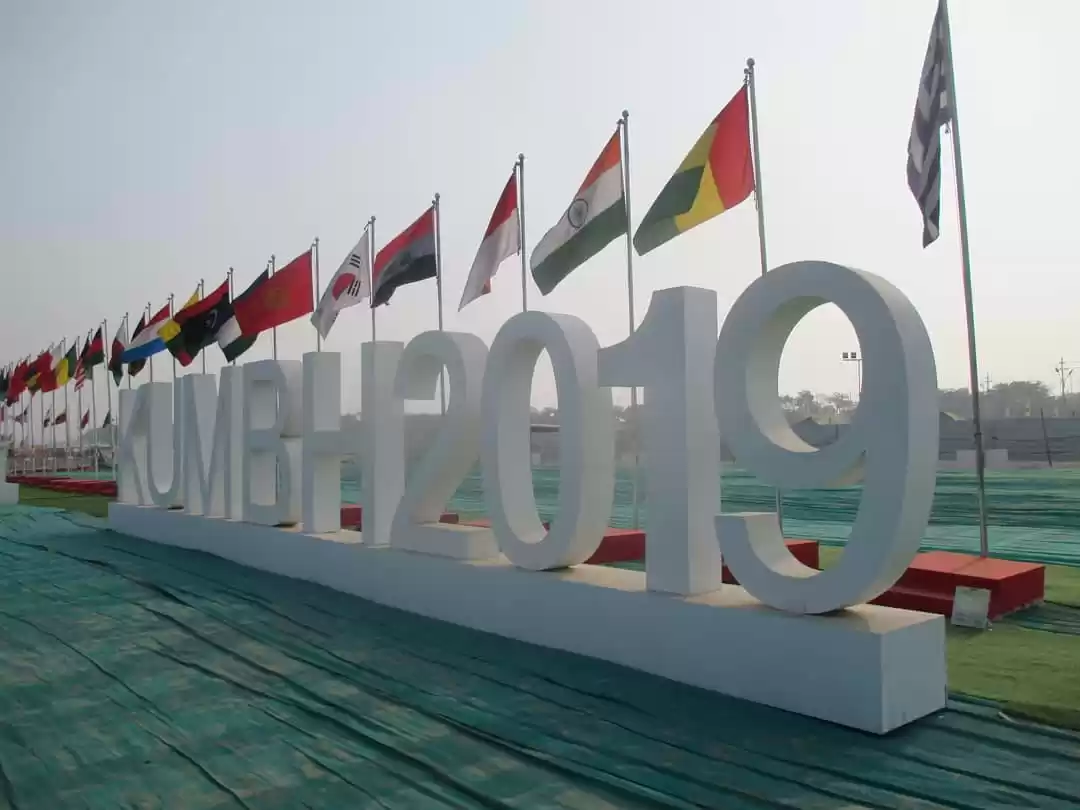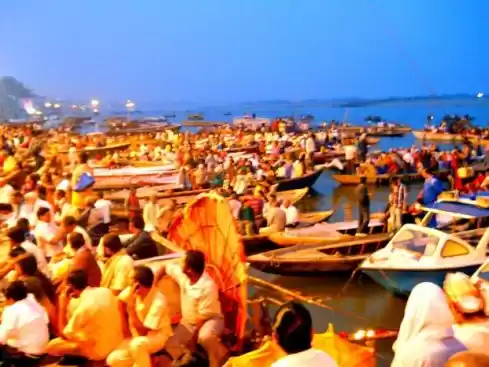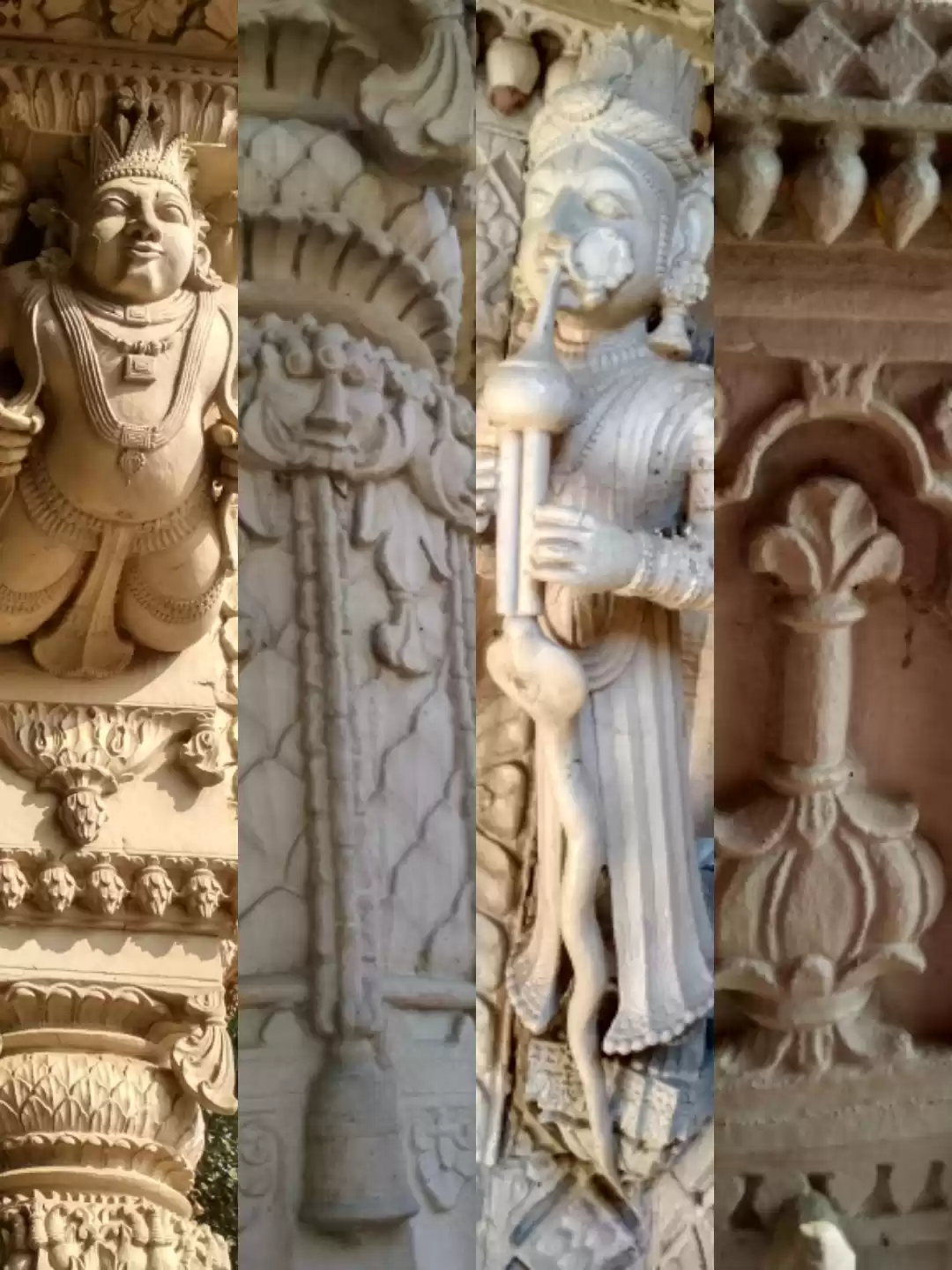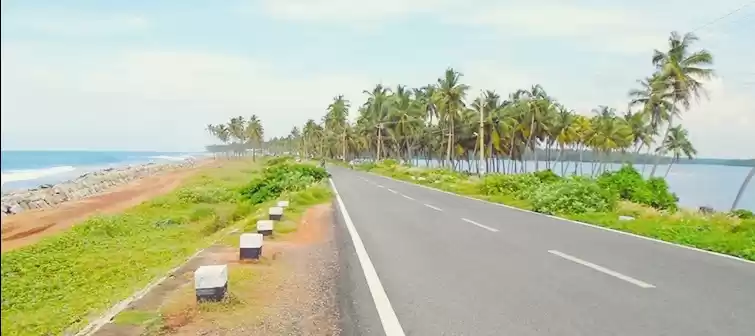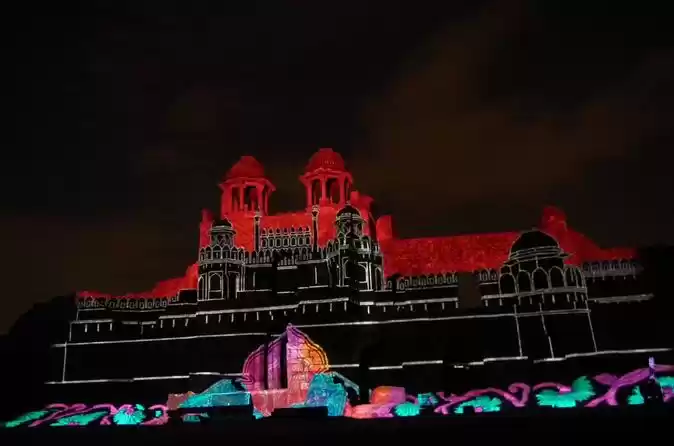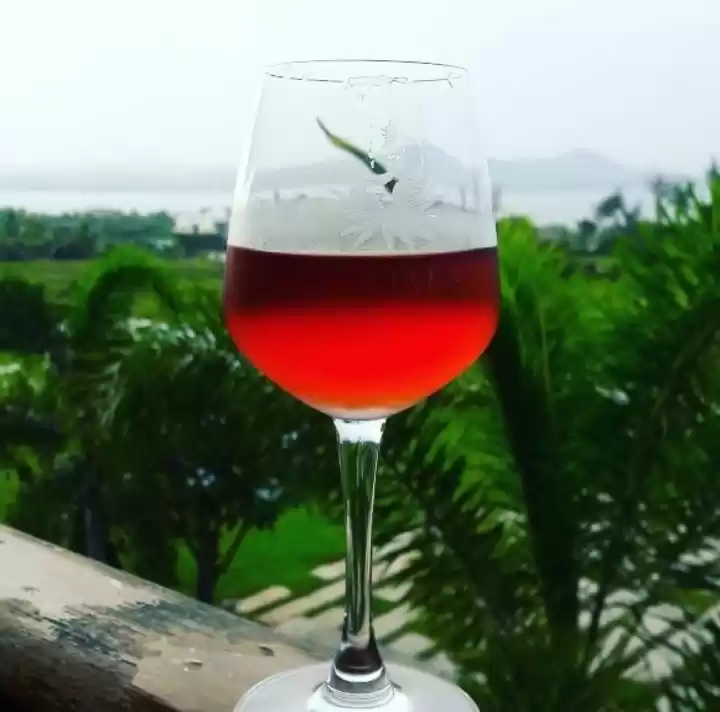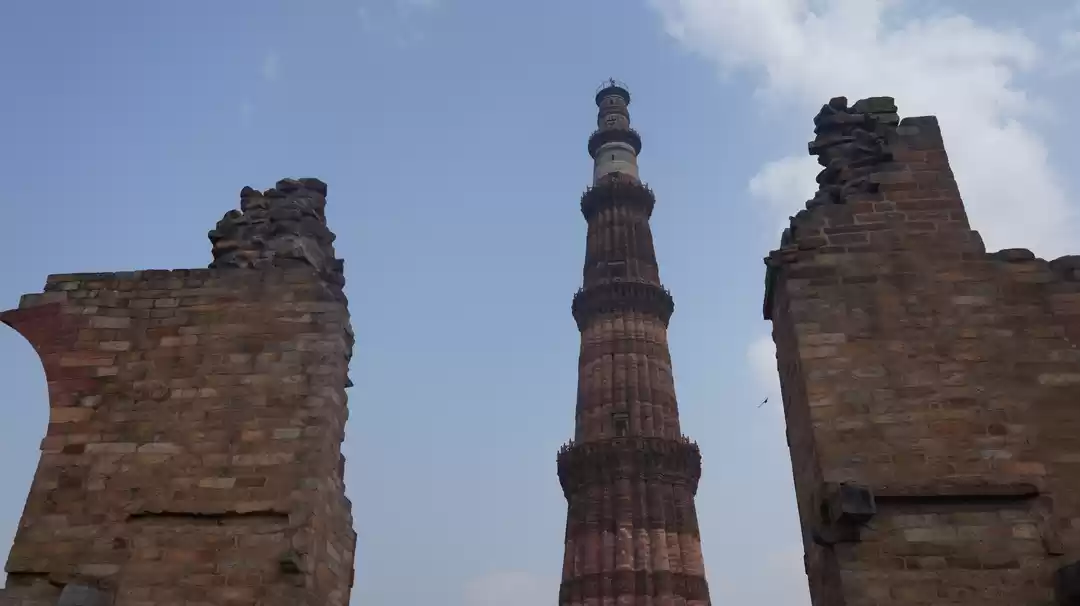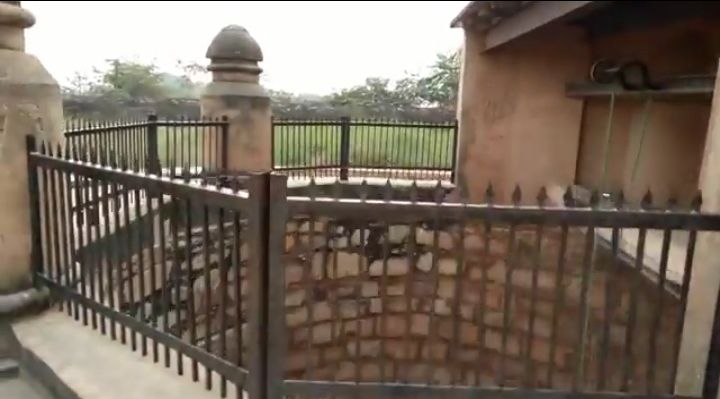
14 Kms away from the main city of Prayag (Allahabad) from where the river Ganges enters it's confluence at the Holy Sangam, lies a town that never remained uninhabited since the Chalcolithic Age. The Archeological Survey of India has excavated ruins from this site that date back to 700 BC till the Fall of Gupta Dynasty and are hopeful that the gap between the Gupta period and the medieval period will be filled once new excavation are done.
Nevertheless, ancient as this site is, it has been home to several legends and historical facts. One such site of archeological importance is the Samudrakoop built by King SamudraGupta of Gupta Dynasty. A koop means a well that derives its water from underground resources.
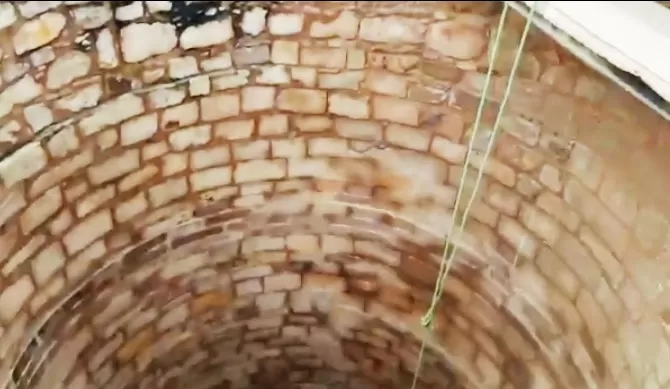
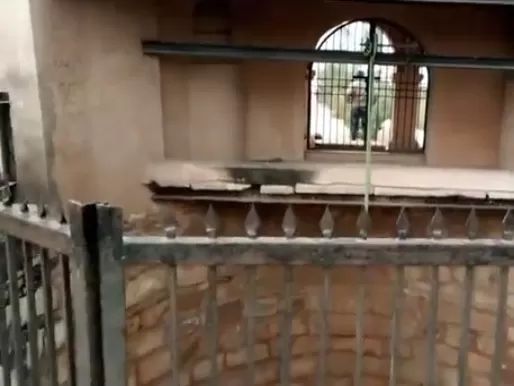
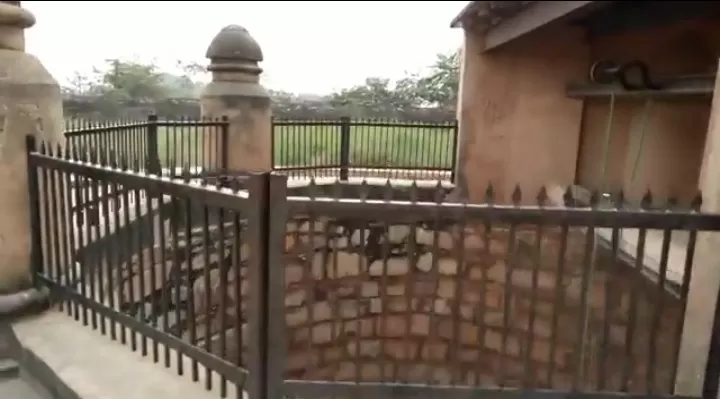
What is unique about this well is that one of its underground water resources are said to be connected to the sea which is strange owing to the fact that it is present in the town of a landlocked state with the nearest sea thousands of kilometres away. Thus, the name itself is a play of pun for those who look into the literal side of everything. (Fun Intended)
It is believed to have a mention in Padma Purana and Matsya Purana of Hindu Mythology where it's written that celibating for 3 nights while controlling one's anger expurgates one from all sins. The bathing from this well's water also has holy significance at certain auspicious dates in Hindu Calendar.
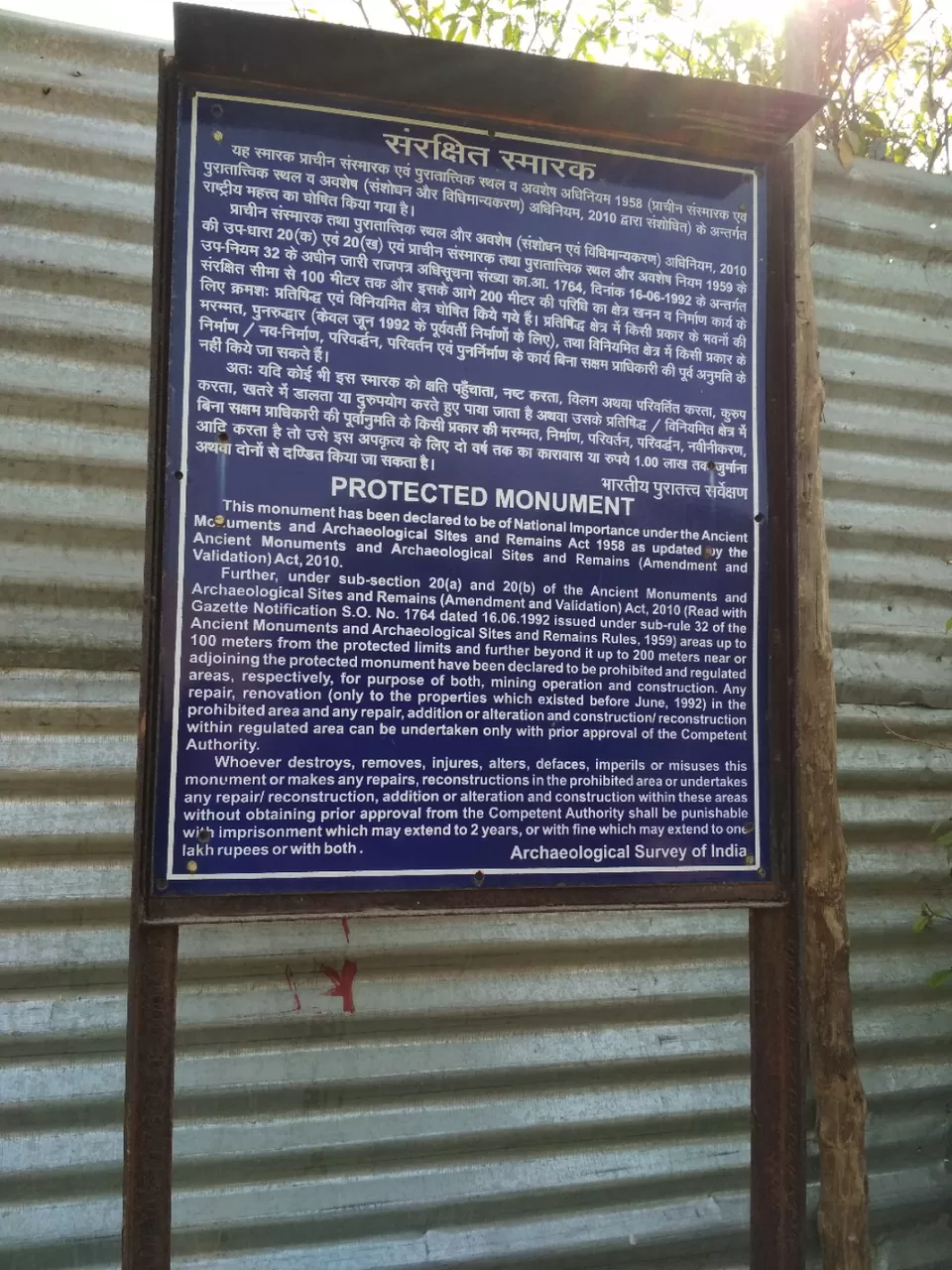
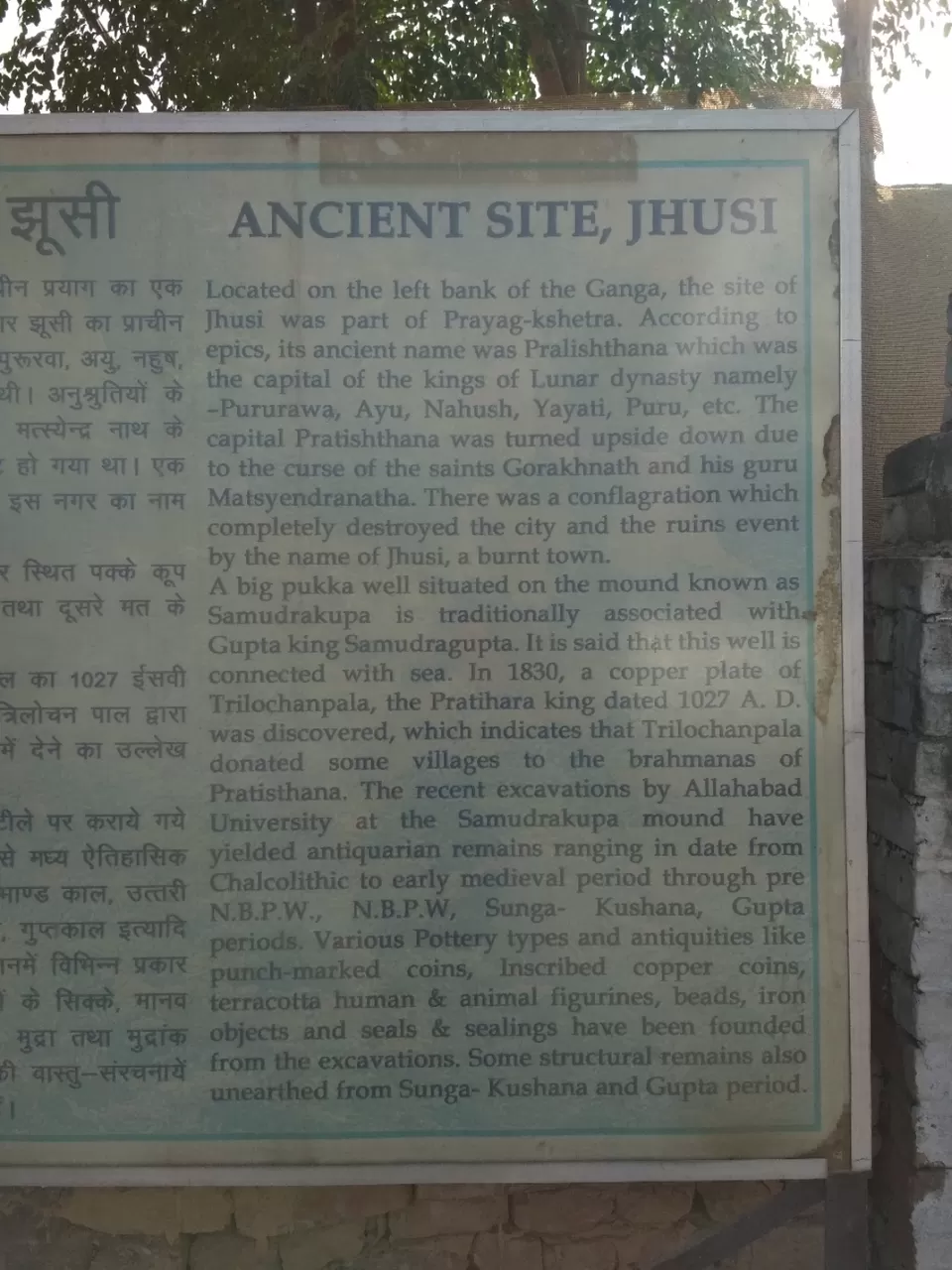
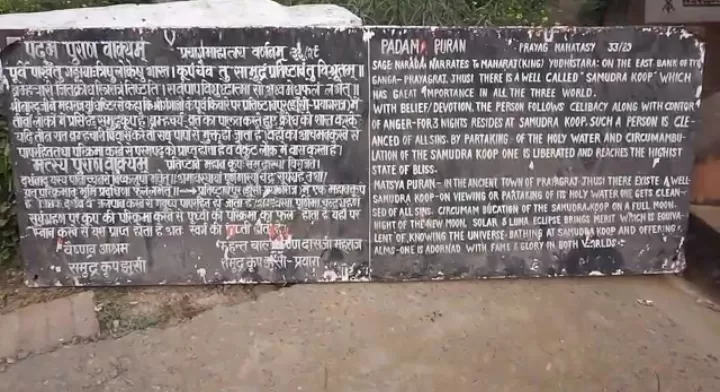
This archeological site adds to the long acknowledged status of India as the cradle of several civilizations and Her cultural diversity and amalgam. On the same tangent, lies the Ulta Quila, another archeological site in Jhunsi. These palm like marks connect the two sites. One is encarved on the wall of Vaishnawashrma Monastery alongside the Samudrakoop and the other is at the entrace of Ulta Quila.
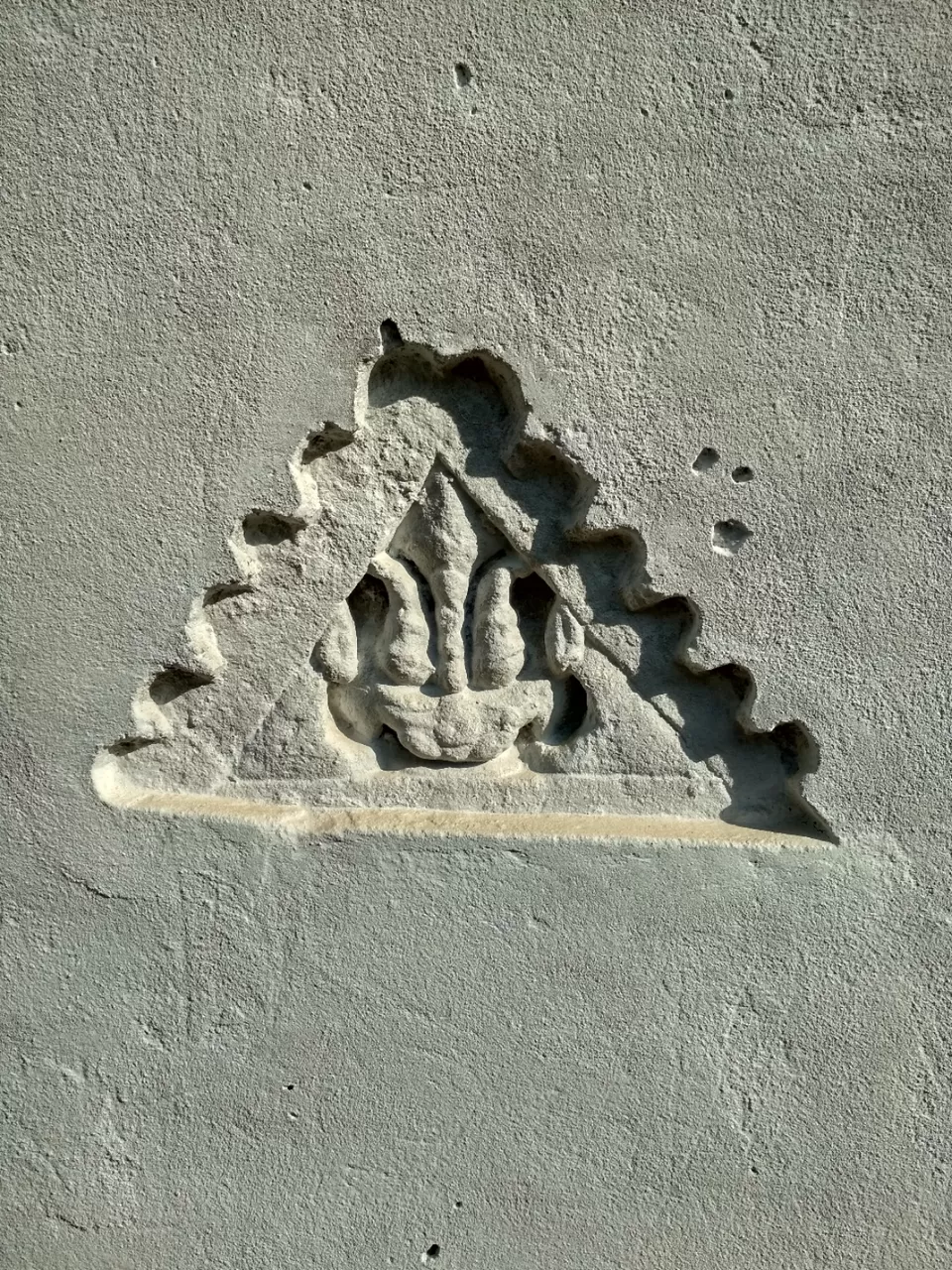
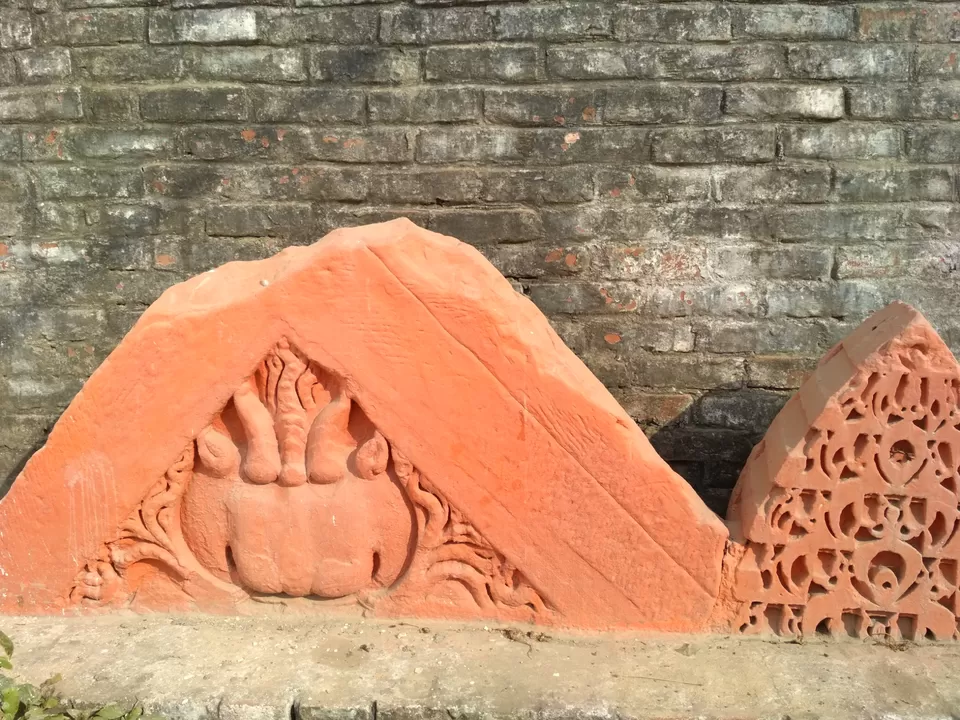
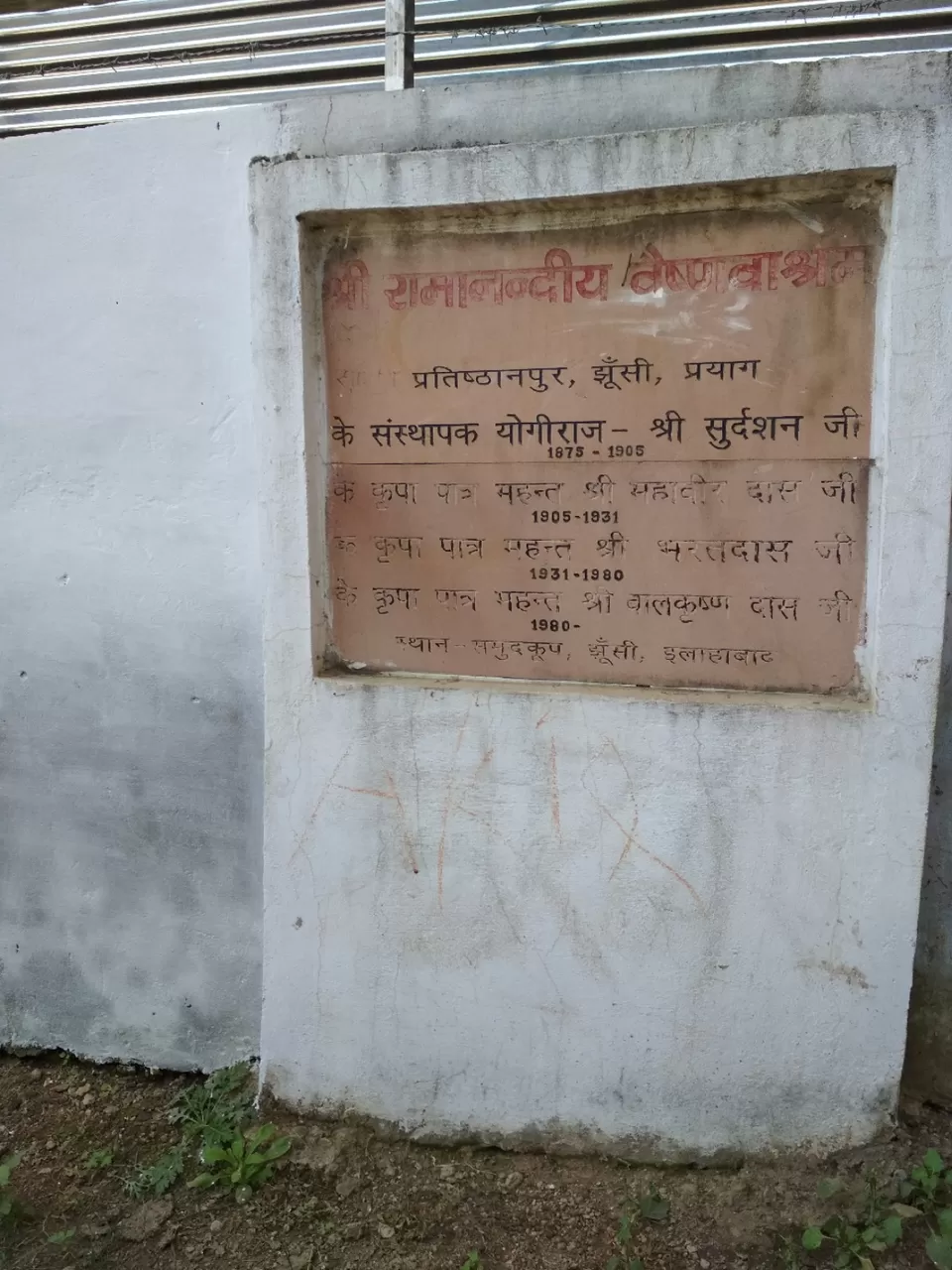
P.S. For a #Kumbh_season tourist this site specially accessible owing to its location on the left bank of River Ganga. #Bespectacled_adventurer
#notontripoto
© Nishtha Mishra, 2018 .
